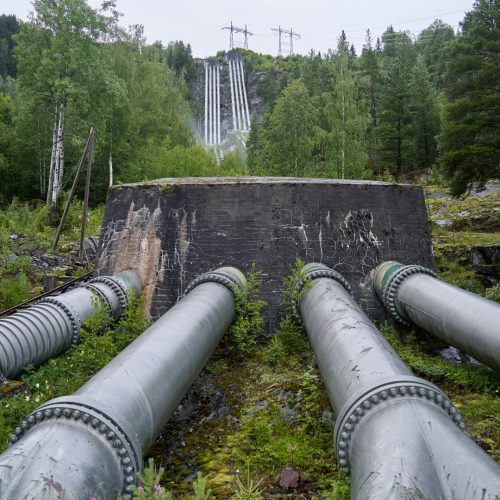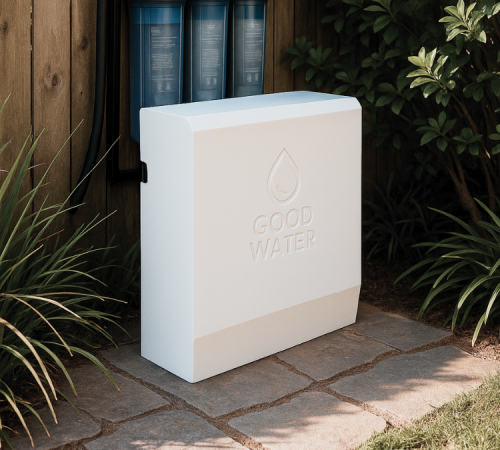
It might look clear. It might taste fine. But what’s flowing from your tap could be hiding dozens of invisible threats — and legally, no one’s required to tell you about them.
Australia’s water supply is treated to meet minimum safety standards. But “safe” doesn’t always mean healthy.
Your water travels through kilometres of aging pipes, picking up residues from industrial waste, farm runoff, bacteria, and outdated chemical disinfectants. By the time it reaches your sink or shower, it can contain a cocktail of contaminants.

Most people trust that their water is “safe” because it’s been treated — but treatment standards are decades old and don’t account for modern threats like PFAS.
Regulations only require testing for a limited list of contaminants. Even when those are present, they may be within “acceptable” limits — but acceptable doesn’t mean harmless.
You wouldn’t feed your family food laced with trace toxins. So why let them drink, bathe, and cook in it?
